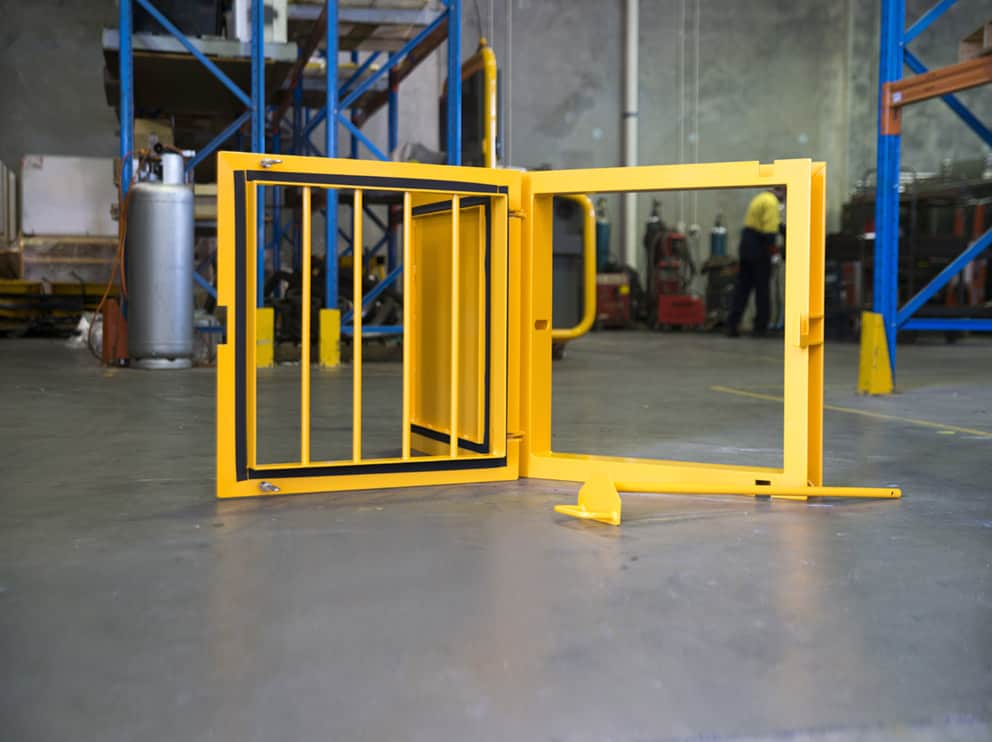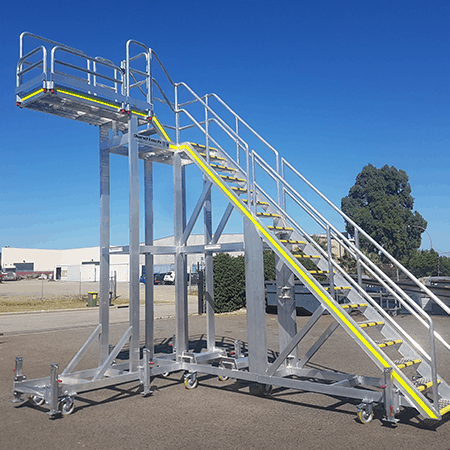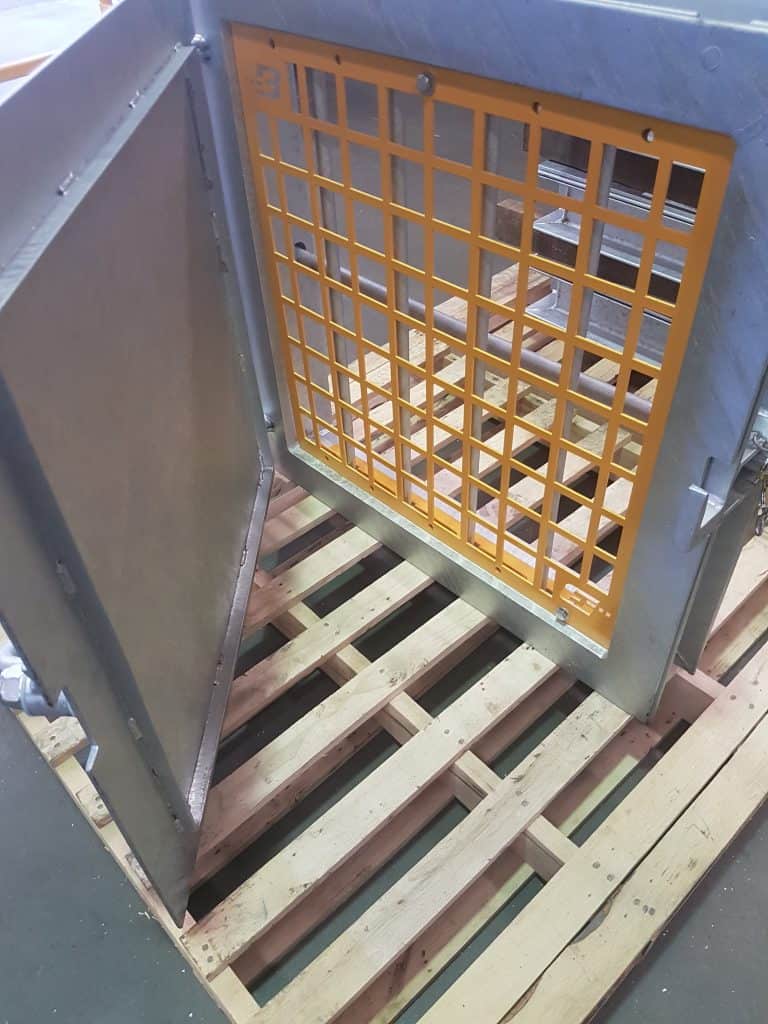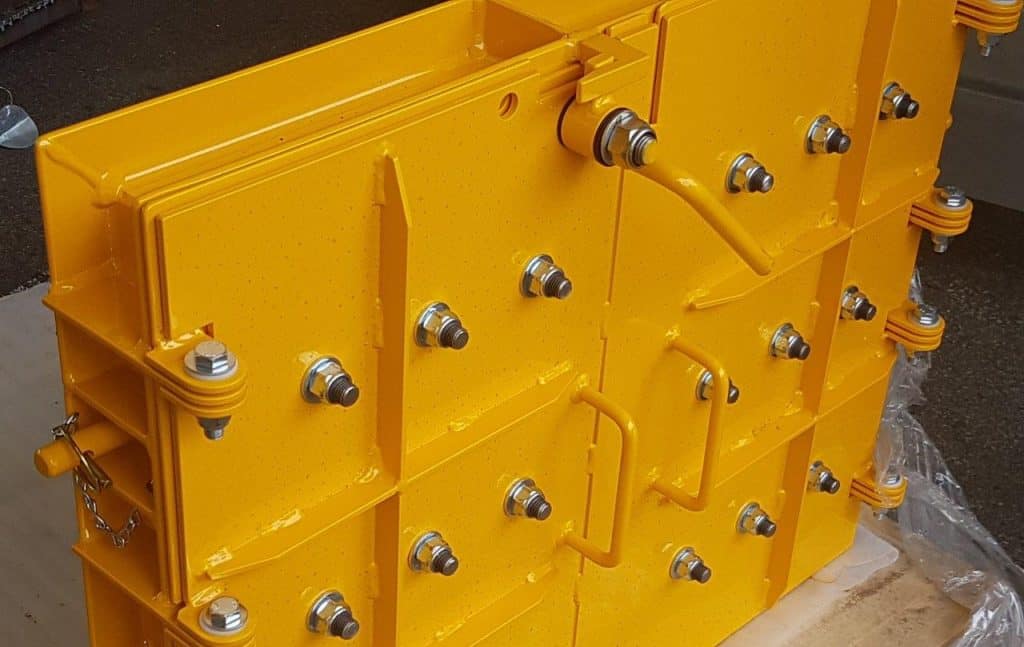
Did you know that direct and indirect costs associated with workplace injury and illness are over $60 billion annually in Australia? That’s 4.8 percent of Australia’s GDP, a large enough chunk to have a huge impact on the Australian economy. The best protection any workplace can have to prevent injury or illness is a top-notch safety plan.
One of the areas of vulnerability when it comes to workplace safety in the mining and manufacturing industries are chute doors. There are many hazards related to the use of access and inspection chute doors at mine sites, manufacturing plants and other locations. These have been an ongoing concern for some time. Many cases of injury, and even death, have been associated with chute doors. Injuries can result in production outages and plant shut-downs.
Chute door requirements
Conveyor chutes require regular inspection and maintenance to ensure proper function. As chutes are necessary to carry out maintenance activities, safety is imperative.
The access chute doors used are generally a simple access hatch with a single level of protection. Chute doors must meet safety standards, specifically the AS1755 conveyor safety requirements and AS4024 machine and equipment safety requirements.
Even though these requirements and standards exist, there is still a risk. Single access chute doors offer no protection when workers open them to conduct routine maintenance. If a worker reaches his arms or torso into a chute, there is the danger of being struck by debris.
Components like mesh are used to prevent this danger; however, they offer little protection for high impact material. Mesh also creates nip points, which can cause instantaneous amputation and entrapment. Thus, it doesn’t offer a sufficient safeguard.
Chute doors can impact operations
As well as being a safety concern, single-level chute doors have negative effects on the operational and financial well-being of a company. Production is typically halted to open the door and clean the chute. Blockages can occur and remove them can be time intensive. All the time to maintain or fix these doors means the plant’s activities are at a standstill.
Standard chute doors can only be opened with a special tool and not by hand. The need for this special tool is also a time waster. This can further derail production, even if it’s only for a few minutes. Downtime is a detriment to any business.
The alternative: three-level safety systems
With a three-level safety system for chute doors, you can protect staff and keep things running smoothly. This system consists of three parts: the outer door, the second door and a crossbar protection system on the inside of the doors to prevent the door from being opened without a tool. Level one is inside the outer door. It has a rubber seal to reduce noise, vibration and dust from escaping the chute. When an operator opens this outer door, the internal mechanisms of the chute are visible, but the chute to the second door is not accessible.
The second door is similar to a jail bar door, which gives operators the ability to view the areas of hazard or concern without allowing them the ability to access the chute. The third level of protection is a crossbar protection system on the inside of the doors, to prevent any personnel accessing the chute.
Eight key features for safety doors
The three-level safety system has great advantages over single chutes. In addition to the benefits of a three-level safety system, there are eight key features to consider for safety doors:
- Full access for service and maintenance
- Modular design to ensure ease of replacement
- Ability to handle temperature extremes
- Heavy duty lock and hinges
- Customisable to ensure they can meet the needs of a site
- Not reliant on special tools to open the outer door
- Meet Australian Engineering Certification Standards
- In stock and readily available
Read our whitepaper
Learn more about these eight features as well as why the three-level safety system is a great choice for chute safety by reading our whitepaper, Transforming Access & Inspection Door Safety. Download it today to improve your safety program.







About The Author: Jesse Emia
More posts by Jesse Emia